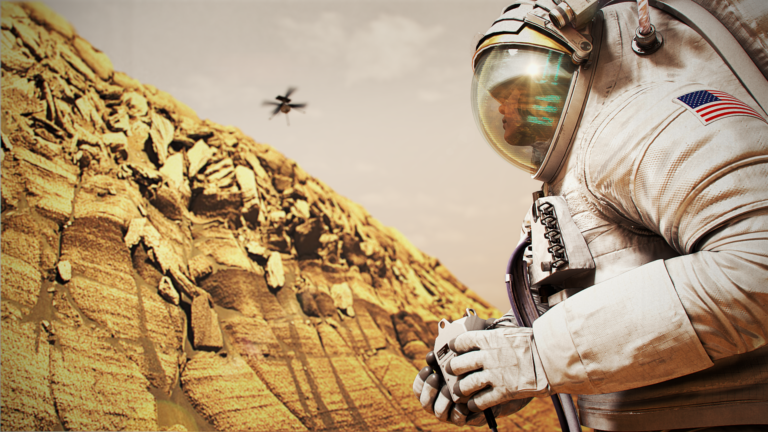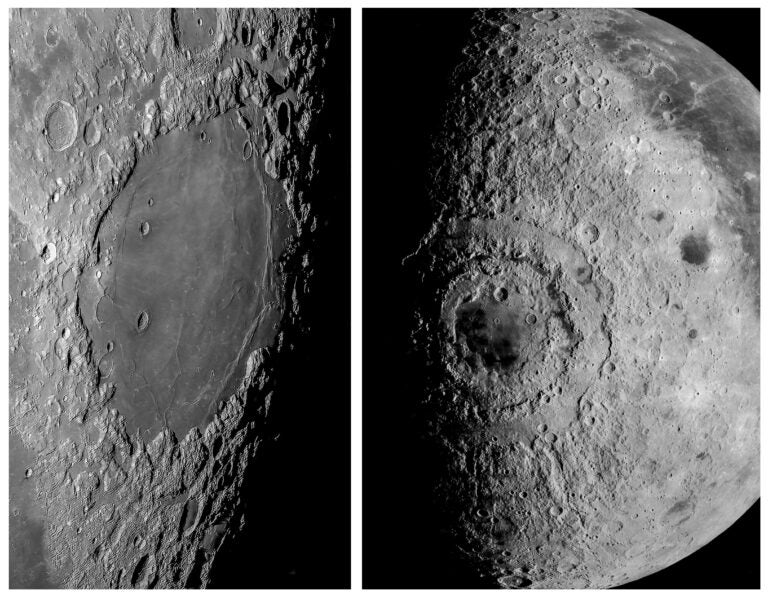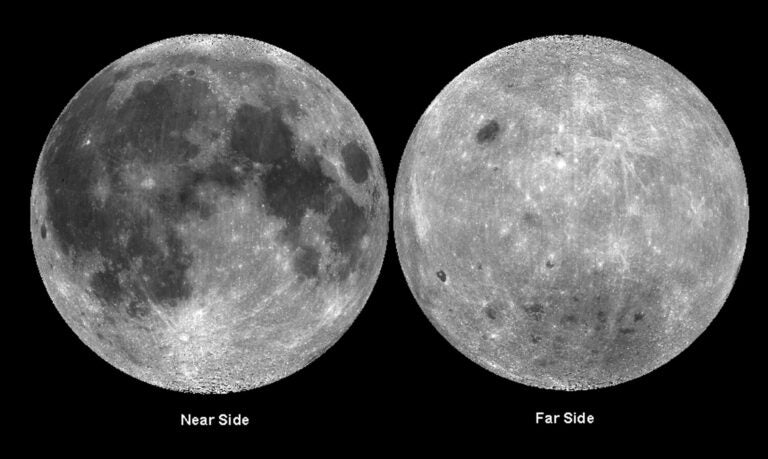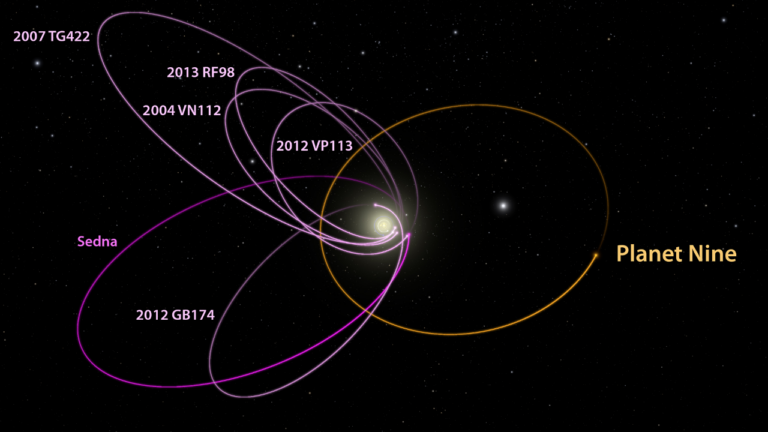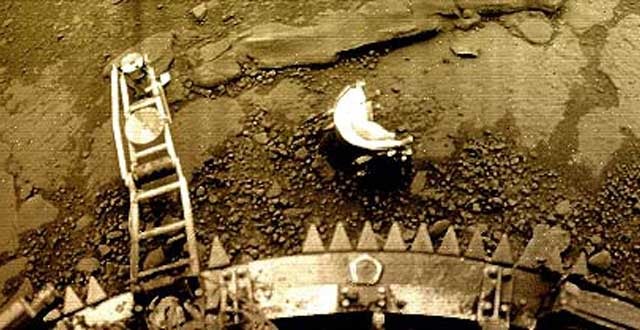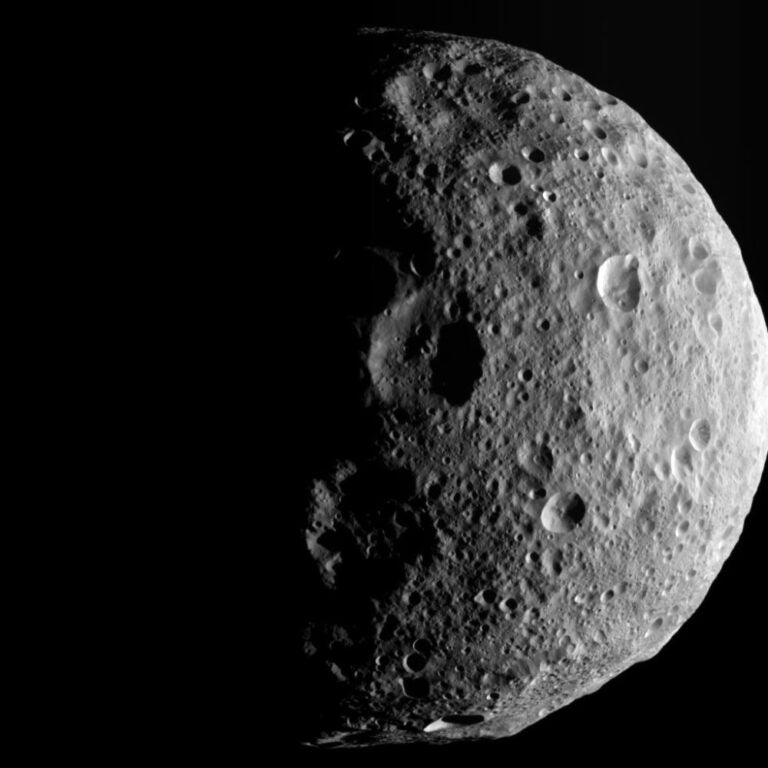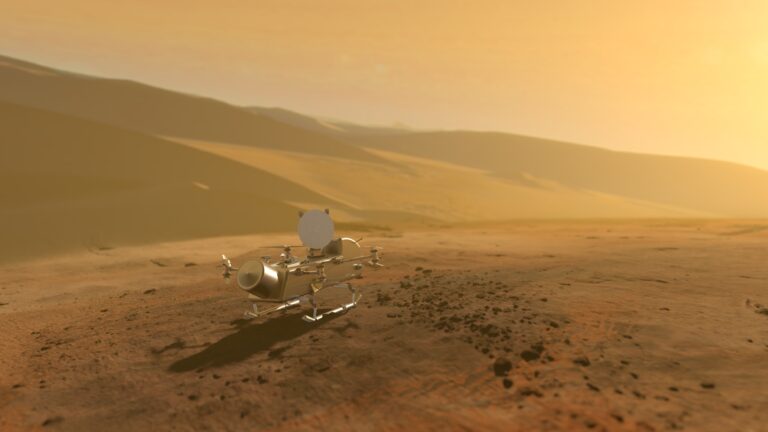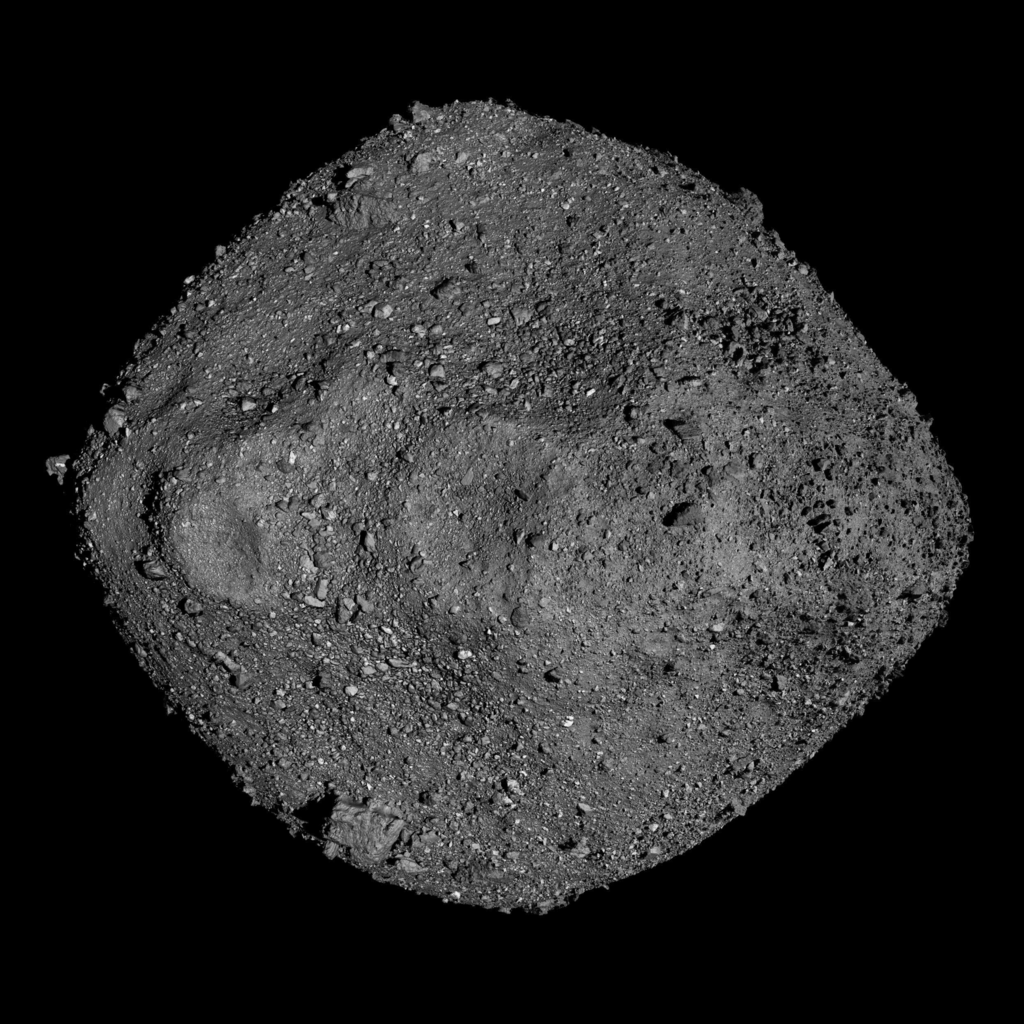
In 2018, NASA’s OSIRIS-REx mission reached asteroid 101955 Bennu. Two years later, the spacecraft snagged a sample of its surface, which has since been returned to Earth. Now, astronomers are getting to know Bennu like never before — and a new study looks at how it could wreck us.
Bennu is classified as a near-Earth asteroid (NEA), whose orbit keeps it within 1.3 astronomical units of the Sun. (One astronomical unit, or AU, is the average Earth-Sun distance of 93 million miles [150 million kilometers]). The space rock was “tagged” by OSIRIS-REx mission in 2020, when the craft briefly descended to scoop up a sample of its regolith. That sample is now helping scientists determine quite a few things about Bennu and its fellow asteroids. So far, we’ve learned that it is a “rubble pile”-type asteroid rather than a solid body, and recently that it bears many of the ingredients for life.
Potentially hazardous
But Bennu is more than just a near-Earth object. It is also classified as a potentially hazardous asteroid (PHA), which can come within 0.05 AU or less of Earth, raising the possibility that it could strike our planet. Specifically, it has a 1-in-2,700 chance (that’s just 0.037 percent) of hitting Earth in 2182.
Bennu is just over ⅓ mile, or 560 meters, in diameter. And while we know about the devastating effects of a larger asteroid (just ask the dinosaurs) and the regional effects of a much smaller one (just visit Barringer Meteor Crater in Arizona), we know less about what to expect, should a medium-sized object — say, some 0.2 to 0.6 mile (300 to 1,000 meters) across — slam down.
A new study published Feb. 5 in Science Advances looks at what might happen. Because even though Bennu is unlikely strike us, study lead author Lan Dai of the IBS Center for Climate Physics says there are about 5,000 objects of similar size. That is to say, even if it’s not Bennu headed our way, we might want to know what we are in for.
Related: These 5 impact craters highlight Earth’s wild history
What’s the damage
“On average, Bennu-sized asteroids strike Earth about every 100 [thousand] to 200 thousand years,” she says. “Since many impact structures have not been found or have disappeared due to geological processes, it is difficult to confirm the impacts of Bennu-sized asteroids on Earth’s history.”
Thus, Dai and her team turned to computer simulations. The results didn’t paint a rosy picture, even if humanity would (probably) survive it.
The worst case scenario showed that Bennu would inject about 400 million tons of dust into our atmosphere, which would cause a global cooling event of roughly 7 degrees Fahrenheit (4 degrees Celsius). In addition, Dai says global rainfall would drop by 15 percent — so the world would be colder and dryer — and ozone levels would drop by 32 percent, with plant photosynthesis taking a 20 percent to 30 percent nosedive after impact. So, that’s an Earth that’s colder, dryer, less protected from space radiation, and with a chance of famine.
But those effects are just temporary. Eventually, the dust will (literally) settle. And that dust might help us rebound.
“Interestingly, instead of the rapid reduction and slow two-year-long recovery of plants on land, plankton in the ocean recovers within 6 months and even increases afterward,” Dai says, as diatom blooms are triggered wherever iron-rich dust from the asteroid ends up in the ocean.
Time to deflect
If this unlikely — but not impossible — Bennu strike does happen, we have more than 150 years to prepare. And indeed space agencies have been working on possible ways to deflect asteroids. “Scientists from the Planetary Defense Coordination Office at NASA or other agencies have been putting efforts into asteroid detection and deflection,” Dai says. “Hopefully, humans may be able to defend our planet from Bennu by deflecting its trajectory if it heads toward Earth.”
In 2022, NASA rammed a spacecraft into the tiny asteroid Dimorphos as part of the DART mission. The test tightened Dimorphos’ orbit around its parent body, Didymos, reducing its orbital period by some 32 minutes.Further, DART proved it’s possible to move an asteroid, and that technology could certainly be scaled up enough by the time Bennu comes by — and if it looks like it will pose an actual danger.

